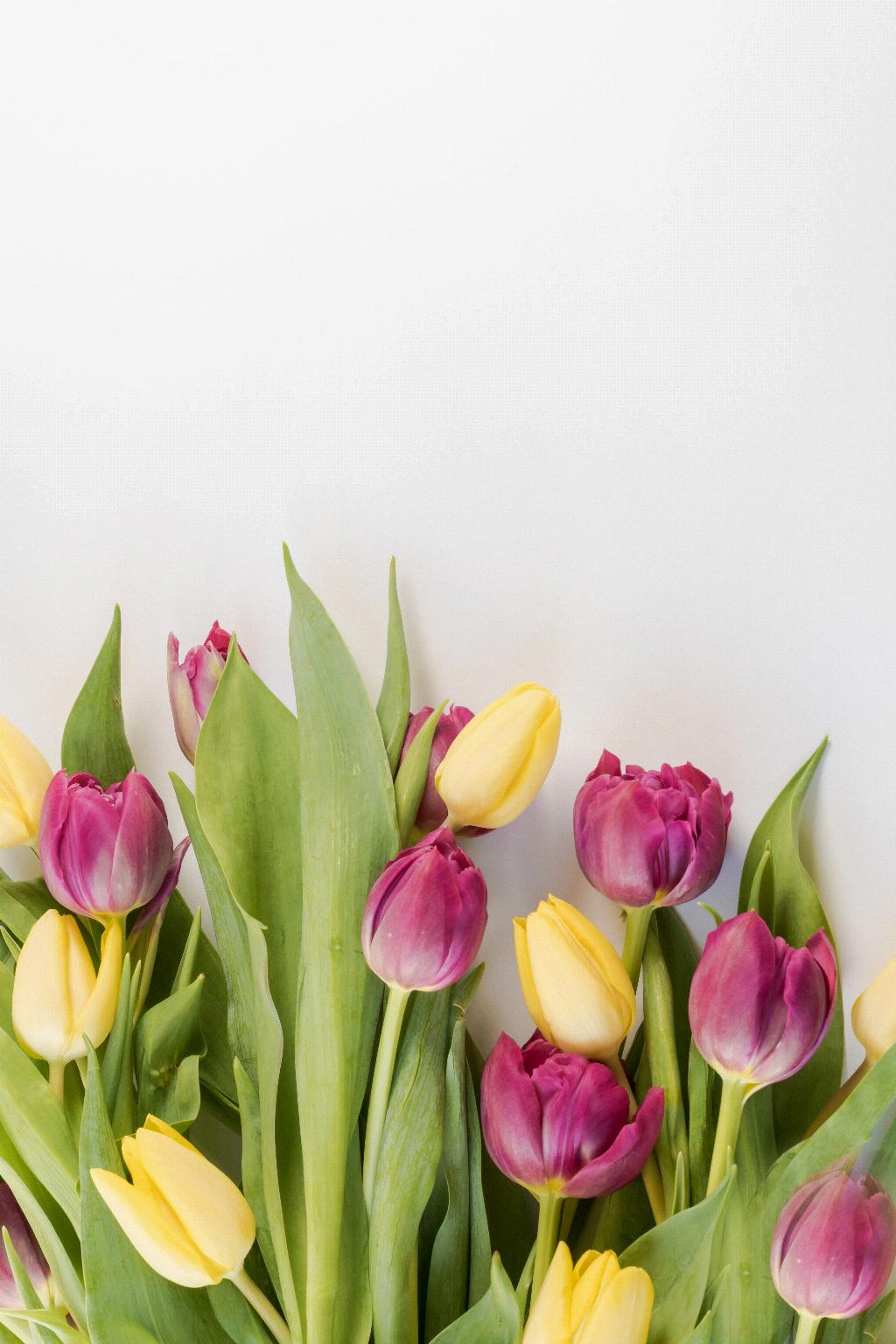One common question that many gardeners face is when to cut back tulips after they have finished blooming. It’s essential to give your tulips the proper care to ensure they come back strong and vibrant next year. Knowing the right time to cut back the foliage is crucial to the health and vitality of your tulip bulbs.
It’s important to wait until the tulip foliage has turned brown and died back naturally before cutting it back. Removing the leaves prematurely can harm the bulbs’ ability to store energy for the next growing season. The foliage plays a vital role in the bulb’s ability to photosynthesize and replenish its energy reserves after flowering.
The duration it takes for tulip foliage to die back can vary depending on the specific bulb variety, local weather conditions, and other environmental factors. In most cases, tulip foliage typically remains green and healthy until late June or early July. Patience is key when it comes to deciding when to cut back your tulips.
While it may be tempting to tidy up your garden as soon as the blooms fade, it’s crucial to resist the urge to remove the foliage prematurely. Allowing the leaves to wither and turn yellow or brown naturally is essential for the bulb’s long-term health and success. The process of nutrient absorption and energy storage occurs during this stage.
Some gardeners may prefer a slightly more manicured look in their garden beds and may choose to braid the fading tulip leaves once they start to yellow. Braiding can help keep the foliage tidy while still allowing the bulb to benefit from the photosynthesis process. However, avoid bending or folding the leaves tightly, as this can impede the plant’s natural growth processes.
It’s essential to remember that tulips are perennial plants that rely on their foliage to regenerate each year. Cutting back the leaves too soon can weaken the bulb and reduce its ability to produce healthy blooms in the future. By allowing the foliage to die back naturally, you are actively contributing to the bulb’s long-term health and vigor.
If you notice that the foliage has started to yellow or brown, it’s a good indicator that the plant is nearing the end of its growth cycle. At this stage, you can gently remove the dead leaves by cutting them back to ground level. Be sure to use clean, sharp pruners to make clean cuts and avoid damaging the bulbs.
Once you have cut back the foliage, it’s a good idea to compost the trimmings to return valuable nutrients to the soil. Tulip bulbs benefit from a nutrient-rich environment, and adding compost can help replenish the soil’s fertility for future growth cycles. Remember to water the area well after cutting back the foliage to help the bulbs transition into dormancy.
As the summer months progress, you can continue to monitor your tulip bed to ensure that the bulbs are receiving adequate moisture and are not being overcrowded by surrounding plants. Proper spacing and well-draining soil are essential for the health and longevity of your tulips. Consider adding a layer of mulch to help retain moisture and suppress weeds.
Although it may seem like a simple task, knowing when to cut back your tulips can have a significant impact on the success of your garden. By allowing the foliage to die back naturally and following proper pruning techniques, you can help ensure that your tulip bulbs thrive and produce beautiful blooms year after year. Remember to be patient and let nature take its course.
So, when it comes to the question of when to cut back tulips, the answer is clear: wait until the foliage has turned brown and died back naturally. By following this simple guideline, you can help guarantee the health and vitality of your tulip bulbs and enjoy a stunning display of blooms each spring.

